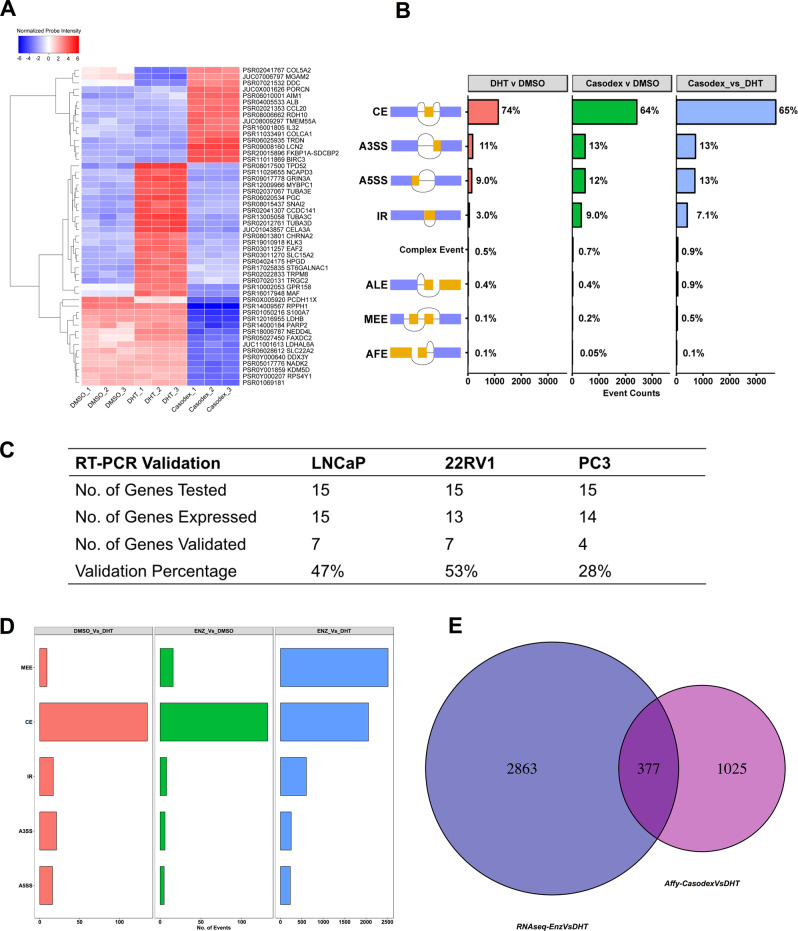Fig. 1. Pharmacological inhibition of androgen receptor signaling induces alternative splicing in prostate cancer cells.
a Heatmap showing the normalized probe intensity of top-50 differentially expressed probes spanning exon–exon junction of a gene across different conditions including LNCaP cells cultured for 3 days in CSFBS and treated with either vehicle (DMSO), 10-nM DHT, or 10-μM casodex. b Bar plot detailing percentage of alternative-splicing events including CE, A3SS, A5SS, IR, ALE, MEE, AFE, and complex events in LNCaP cells across three comparisons including 10-nM DHT vs. DMSO, 10-μM casodex vs. DMSO, and 10-μM casodex vs. 10-nM DHT. c We leveraged RT-PCR and validated 15 splicing events, which were rationally selected from the affy transcriptomic analysis in three prostate cancer cell line models. Briefly LNCaP, 22RV1, and PC3 cells were cultured in charcoal-stripped fetal bovine serum for 3 days and treated with either DMSO, 10-nM DHT, or 10-μM casodex. The table details no. of genes tested, no. of genes expressed in each cell line, and no. of genes that were validated using the RT-PCR assay. d We leveraged in-house and publicly available data to interrogate whether enzalutamide treatment modulates ASE in LNCaP cells in comparison to DMSO or DHT treatment. Bar plot detailing percentage of alternative-splicing events including CE, A3SS, A5SS, MEE, and IR in LNCaP cells across three comparisons including DMSO vs. DHT (within-study comparison), enzalutamide vs. DMSO (within-study comparison), and enzalutamide vs. DHT (between study comparison). e Venn diagram comparing genes identified to undergo ASE in LNCaP cells treated with either casodex or enzalutamide.

